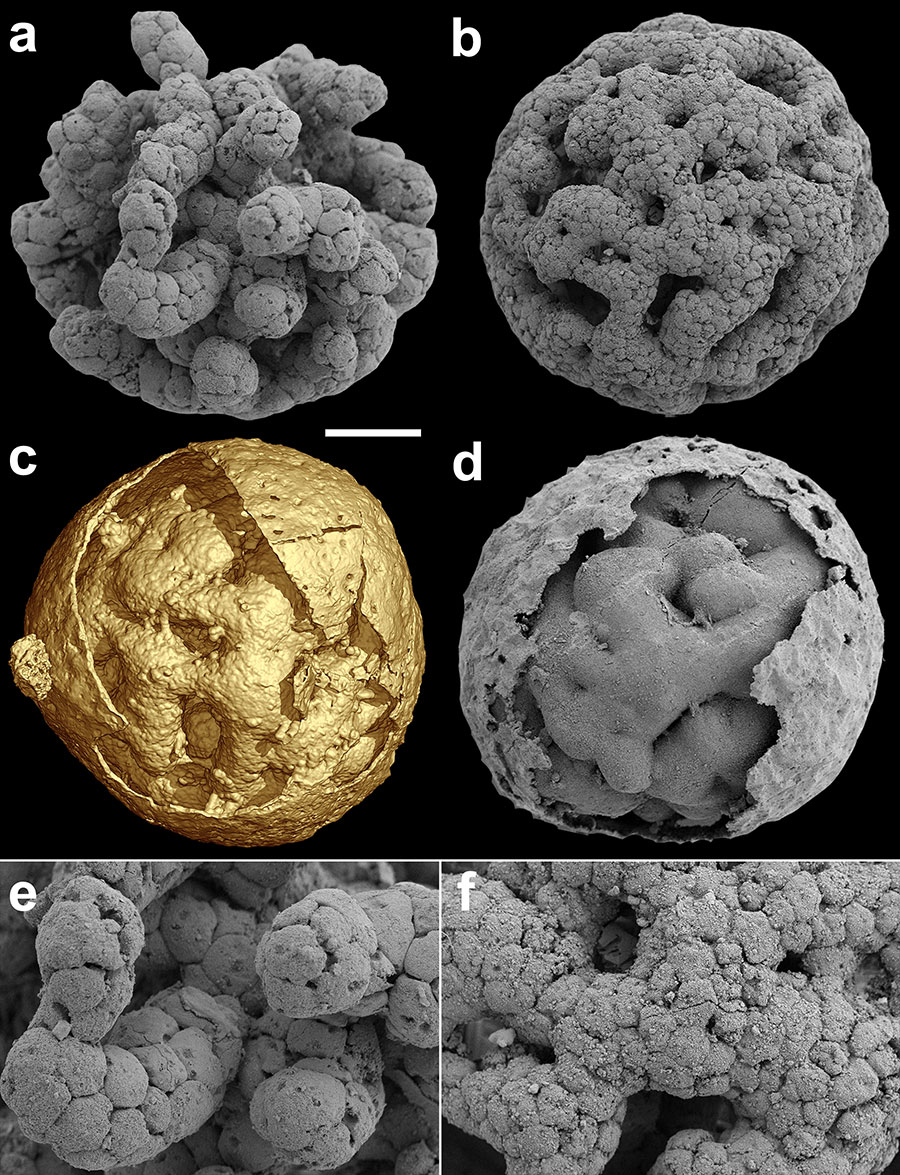610m-year-old embryo fossils shed new light on origin of animals


However, there has been no definitive answer as to how and when this unicellular ancestor evolved into the multicellular ancestor, the article said.
The scientific community generally believes that the study of early embryos of animals may be the key to solving the mystery, Xinhua News Agency's report said.
The embryo fossils, or "Caveasphaera", is ball-shaped and has a diameter of less than 1 mm. The fossils as a whole retain an exquisite multicellular structure, the institute's article said.
Researchers used 3D imaging technology to reconstruct the structure of hundreds of fossil specimens.
The reconstruction work was done at a research institute in Switzerland two years ago, followed by a series of analyses, Yin Zongjun, an associate researcher at the Nanjing institute, was quoted as saying by the news website.
The results show that their development process is similar to that of unicellular relatives of animals, and more complicated as well, showing regular cell migration, reorganization and other specific developmental mechanisms that are unique to animal embryos, Xinhua reported.
"The fossils record a key stage in the evolution of animals from single-cells to multi-cells. The stage lays the biological foundation for the emergence of animals with truly differentiated cells and tissues," Yin said.
Xinhua News Agency contributed to the story.
- UNIDROIT to establish Asia-Pacific office in Hong Kong
- Chinese scientists discover new fossil lungfish species
- 64 sculptors build 19-meter-tall snowman in Harbin
- Study reveals thirdhand smoke as hidden indoor air pollutants
- Meeting held to mark China National Democratic Construction Association's 80th founding anniversary
- World's largest high-speed-rail tunneling machine passes 10,000 meters beneath Yangtze





































